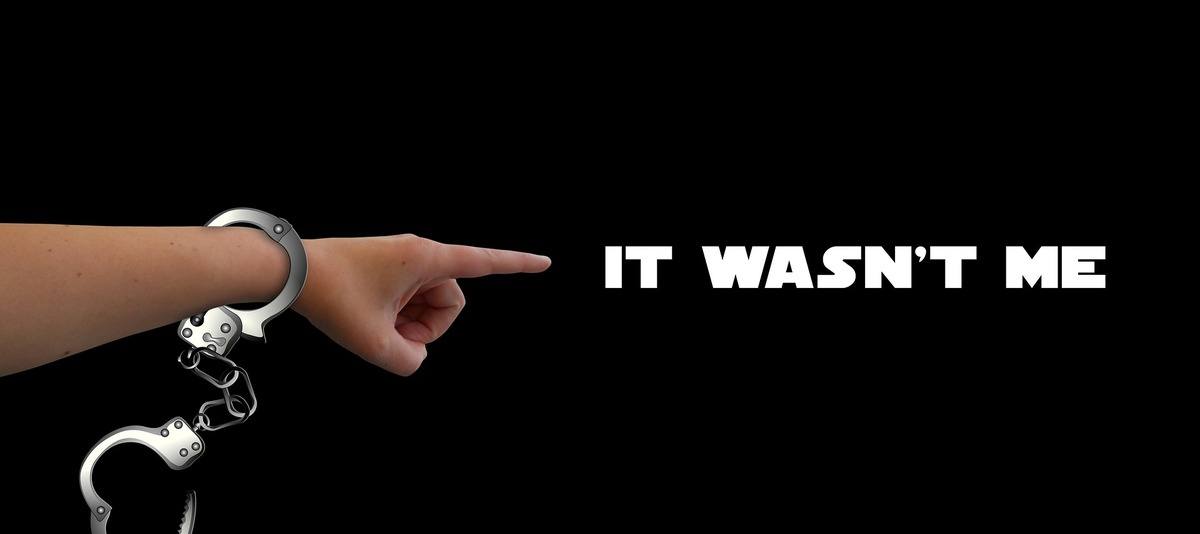The other week, I listed some cases of white collar crime that I knew about in substantial detail. Compared to some of the larger headline cases of fraud, the ones I sited were chump change. So let’s look at some of the headline cases that get much more publicity.
First though, I want to reference a statute of how some crimes are classified. In my state of Texas, any fraud that involves value of $2,500 or more ventures into felony territory. This is not a very high threshold.
2008 Housing Bubble – Within the last two months, I watched The Big Short. I have to admit that I really, really enjoyed it, I thought they did a great job in telling the story, especially when it came to conveying the complex material. My opinion aside, the ending indicated that only one banker went to jail:
“But Mark was wrong! In the years that followed, hundreds of bankers and rating-agency’s executives went to jail. The SEC was completely overhauled and congress had no choice, but to break up the big banks and regulate the mortgage and derivative industries.
Just kidding!
Banks took the money the American people gave them and used it to pay themselves huge bonuses and lobby the congress to kill big reform and then they blamed immigrants and poor people and this time even teachers! And when all was said and done, only one single banker went to jail this poor schmuck! Kareem Serageldin from Credit Suisse he hit a few billion in mortgage-bond losses something most of the big banks did on a good day during the crisis”
More on Kareem Serageldin.
It turns out, the movie may have been wrong (go figure!), there were more people that were sent to jail. However, as of about a year ago, one article by CNN indicates that only 35 bankers so far have been sent to prison for financial crisis crimes. Considering the many, many layers of deception and dishonesty that fueled the crisis, that is hardly a drop in the bucket. Sure, a bunch of people who were involved most certainly lost their jobs, but if that is all they were risking, that is hardly a deterrent. It’s probably safe to assume that there were many fraudulent mortgages that individually could count as a single felony, especially when you look at just these reported examples:
Wells Fargo – This case may be familiar to some as it has been a pretty regular mention in the headlines. Not to rehash it in excruciating detail, here are the highlights:
- 1,534,280 deposit accounts were opened without authorization, and incurred about $2 million in fees
- 565,443 credit-card accounts were opened that may not have been authorized. 14,000 of those accounts generated $400K in fees.
- The company fired 5,300 employees, which translates to about $450 in fraudulent income per employee.
While the individual instances of fraud and theft from each individual may not meet the threshold of felony or fraud. To the casual observer, the combined instances and pervasiveness is disturbing. From a management perspective, there were a ton of people distracted by a bunch of activity, that to a company the size of Wells Fargo, was producing virtually no return. The company could have probably saved the same amount in costs each year with 1% less of those 5,300 workers (which is plausible considering the distraction they faced on “gaming the system”).
So, what has transpired since:
- In September 2016, the company announced it would claw back $41 million in compensation from its “embattled” CEO.
- As of March 2017, the story was clarified, that the now former CEO had only forfeited $41 million in unvested stock options, but had cashed in $83 million of vested stock options.
- Subsequently (on 4/10), the company decided to claw back $28 million from the former CEO and $47 million from the former head of the retail division.
Perhaps it’s a coincidence that these increasingly larger claw backs were the result of continued public outrage. Whether or not the top executives had any direct knowledge of the fraud that was occurring, there was clearly not enough priority placed on not committing fraud, especially when you learn about all the whistleblowers, here, here, and here.
Some of these whistleblower retaliations occurred right on the heels of the mortgage crisis, which suggests that before the dust settled, there was still a perception that the reward was worth the risk.
Next up, addressing some of the root problems from a compliance perspective.

